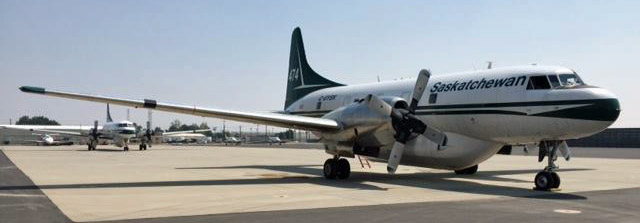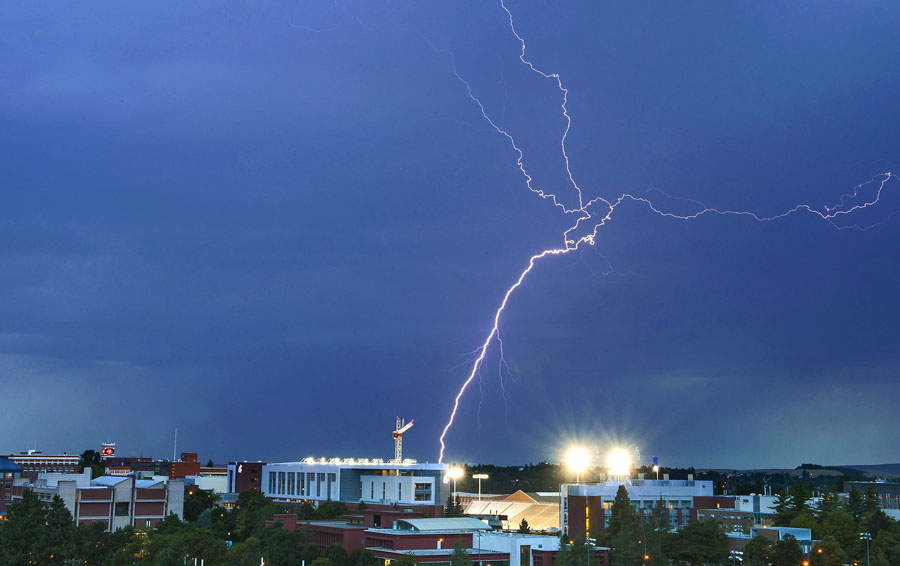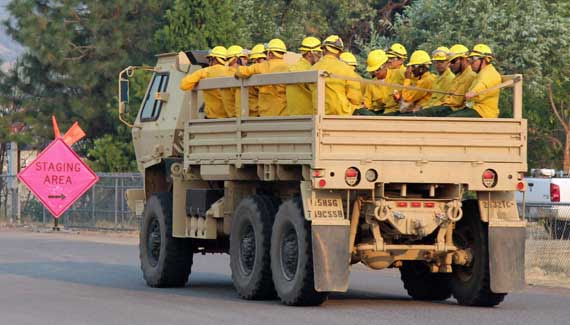And afterward Moses and Aaron went in, and told Pharaoh, Thus saith the LORD God of Israel, Let my people go, that they may hold a feast unto me in the wilderness.
Exodus 5:1 KJV
When firefighting resources become stretched thin, struggling to contain dozens of large fires across the United States, the Chief of the U.S. Forest Service usually sends a “Let my People Go” letter to all USFS units. Occasionally it is referred to as the “Moses Letter”, since he reportedly said it a few thousand years ago.
That happened today, August 18, when Chief Tom Tidwell distributed the anticipated letter. An excerpt is below.
…At this time, nearly all firefighting suppression capacity has been committed. There are over 25,000 interagency firefighters deployed for wildland fire suppression operations nationwide.
I thank you for your continued commitment to furnishing all of the assets and people you can and support your decisions to postpone other priority work to address this critical time. If your employees are red carded and available, I ask that their first priority be providing assistance for managing wildland fires. Additional support in the variety of areas that keep firefighting operations running is also needed. Every employee can do their part during this critical time…
Related:
–The 2008 version of the letter.
–The song, Let My People Go, performed by Paul Robeson.
–Various translations of the Bible verse with the phrase.



